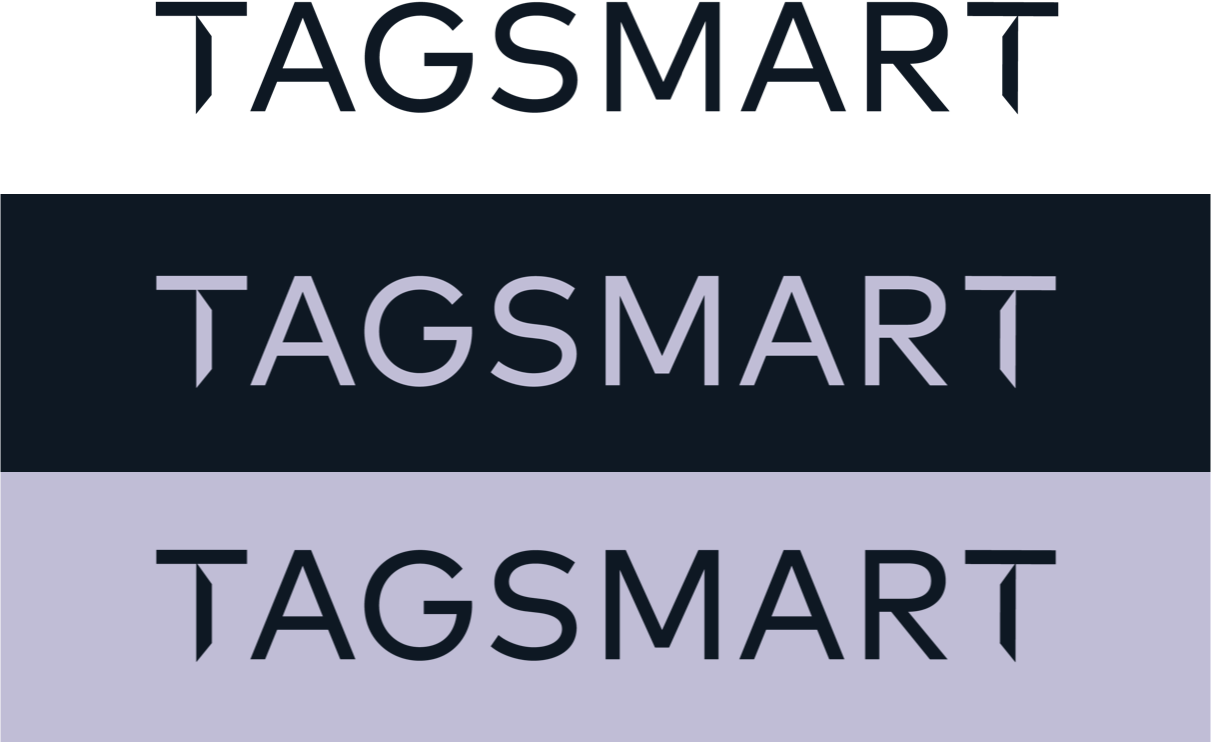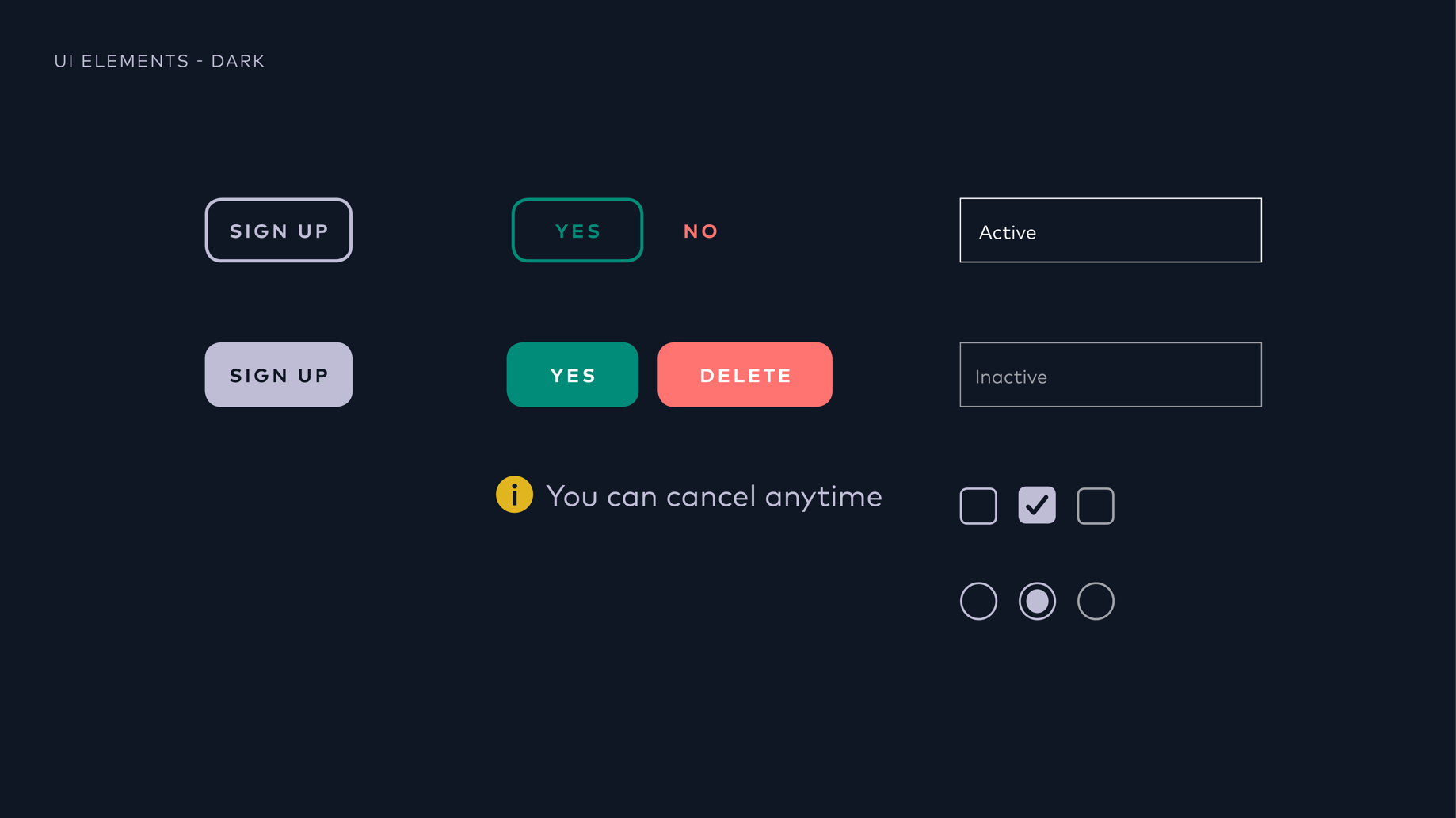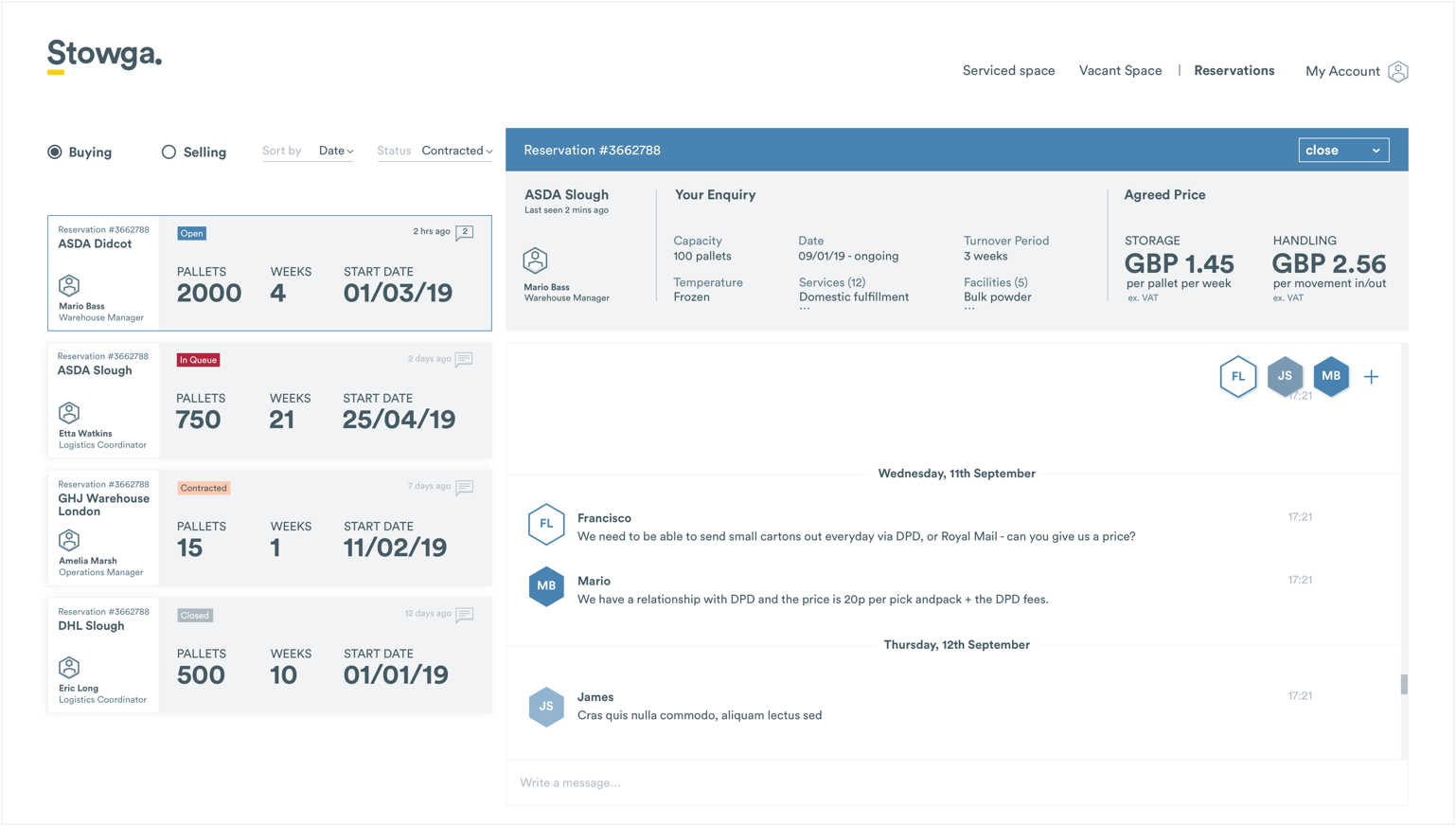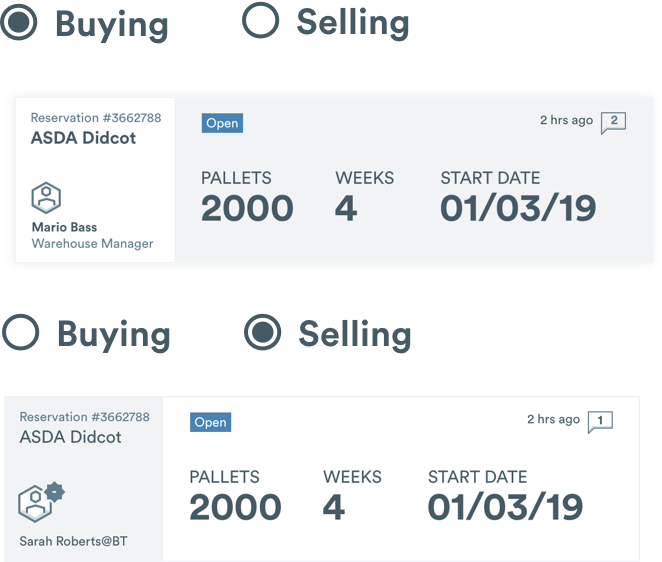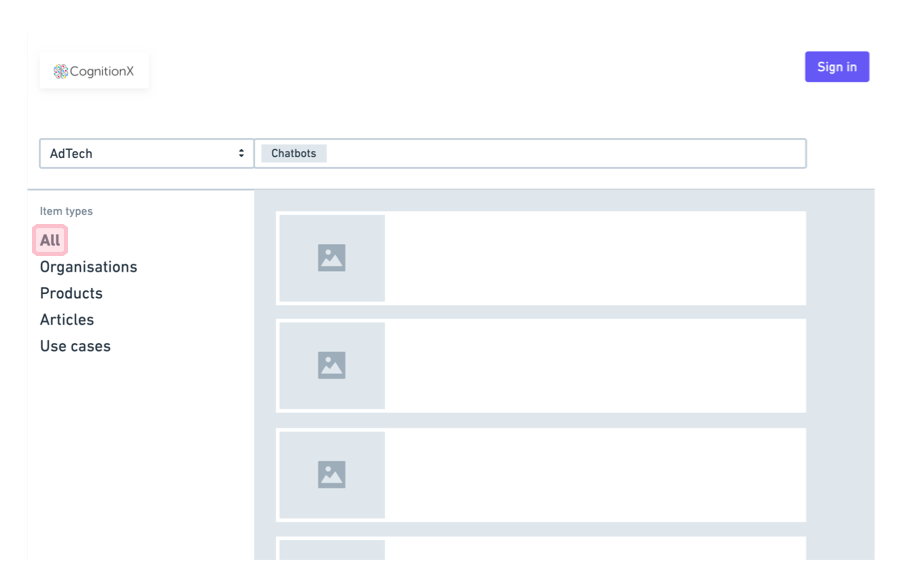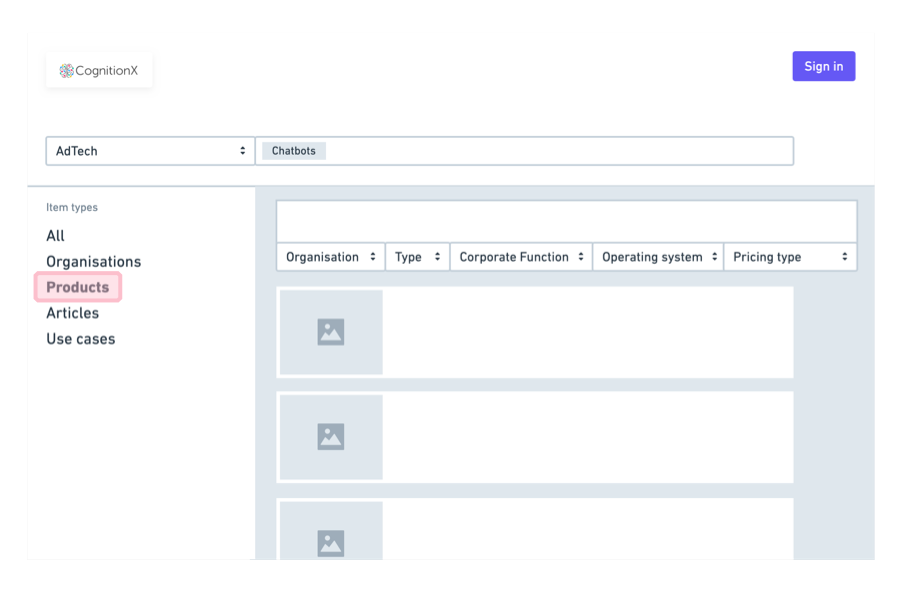A Product Design Studio
MIND | SETS is an end to end product design studio.
Specialising in user experience, interface design and brand identity for complex products.
UX, UI, and branding are not separate entities, rather they are all vital organs necessary for a product to function. They should evolve in parallel, following a singular rationale.
Forming shared baseline principles
Requirements can change fast. We define goals and ‘product-truths’ to keep everybody on the same page.
Playing devil’s advocate
We don’t fall in love with our ideas. Instead, we try to prove ourselves wrong and only keep the solutions that hold up to scrutiny.
Attaching form to function
We can always explain our choices, because they are not based on trend or personal taste. Instead we draw from our analysis of your product.










